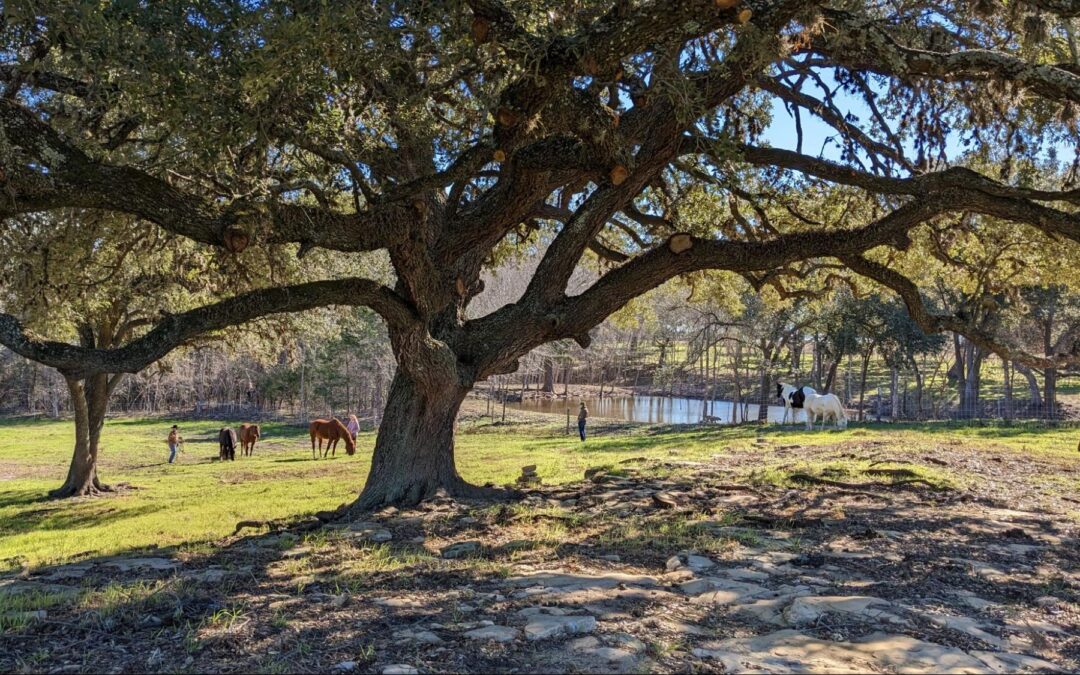
Roots before Wings: Presence is the Practice
By Bettina Shultz-Jobe and Kate Naylor
Building Strong Roots
We have had some chaotic weather in Texas these last few years – long stretches of drought, periods of extreme heat, sudden flooding rains, and then without much warning, extreme cold.
All of us feel the strain of this uncertainty, and our beloved trees in Texas are no exception.
In the last two years since moving to the NL Headquarters, we have lost an extensive amount of trees, throughout Texas, and on our own property. Our trees are breaking off at the branches, pulling up from the roots, and dropping at an alarming rate.
Here in Brenham, Texas we love our trees. The Texas live oak can live over 1,000 years. It is green year round, as it drops its leaves in the spring at the same time that it buds new growth. There is something about these trees that inspires wonder and a confirmation deep in my soul that I am a tiny, yet very important part of something much bigger than we can ever imagine.
We are working hard to care for this place, this property, these trees. We invited an arborist from Texas Tree Services to help us keep our trees strong. What he told us really resonated with me. If the trees are to handle the rapid changes and the lack of predictability, now more than ever, they have to put their energy toward the growth of their root systems. The roots have to go deeper and wider.
Many of our trees have thrown energy into stretching their branches, and haven’t built themselves a strong foundation of roots. (It makes sense that they have done this – the way the rain has fallen and the weather has changed, the trees are going through rapid growth cycles – behavior always makes sense in context). This is going to take a significant investment of time and financial resources. The arborist will trim back the excess, while also deeply nourishing the root systems of our trees with a specially designed formula and protocol to encourage the roots to grow, while greatly limiting the outward growth of the tree for up to 3 years, in hopes that our trees will be able to weather future storms with a stronger root system.
The arborist will not make the mistake so many of us make in search of a quick fix – applying nitrogen-rich synthetic fertilizers that stimulate leaf and woody growth causing even more stress on the tree. In Texas, we have lost over 1 BILLION trees in the last 20 years. When trees survive a stressful event, they become vulnerable to secondary threats like insects, fungi, and parasites. So, while the quick fix is tempting, it only makes matters worse.
We have to grow our roots
You can see the metaphor here, right? We talk about strong foundations a lot at Natural Lifemanship. We are always asking ourselves, what really builds a strong root system? What is necessary? What is integral? Are we being true to our values, our beliefs, our roots? We find this topic so important that we even have a conference coming up in April that digs into these questions of roots, foundations, basics…
Just like our arborist, we have put great care into developing the formula, the protocol, if you will, needed to build a strong foundation, because we understand that quick fixes and unfettered outward growth only make matters worse. The trees in Texas offer a foreboding story of what happens when our root systems are not strong enough to handle the stress of our times. They also tell us a beautiful story of hope, of what is possible when our foundation carries the breath and depth needed to heal, grow, and thrive.
The Fundamentals
This is also why we call our level one training the Fundamentals of Natural Lifemanship. It is an attempt at creating a strong foundation for our students, so they can weather the ever evolving and unpredictable nature of working with animals and humans. We cannot give our community a perfect road map of the future challenges, but with a solid foundation of theory, knowledge, and practice, we know each of our students can weather future storms. When we can answer “why?” then the rest of the path unfolds as it needs to, without our forcing it.
In the Fundamentals, we begin by offering necessary information on the neurobiology of mammals, and humans specifically – we present learning on the topics of human development, attachment, equine science, trauma, and healing relationships. This information fuels our approach in session because we have a better understanding of why people and animals behave the way they do, and what they need in order to make different choices. Some of this information challenges old beliefs many of us carry – so we offer time for processing, reflection, questioning, and then finally, simple activities to put this new learning into practice (we call these two activities ‘attachment with connection’ and ‘detachment with connection’).
It is through this practice of connection during attachment (physical closeness) and detachment (physical distance), and through the conversations and the experiences with peers, trainers, and horses, that our students grapple with the fundamental aspects of what it means to grow and heal. The process of trimming away what no longer serves us, and deepening into a new understanding – not just in a cognitive sense, but in an embodied, rooted way – takes time and practice. We do this so our students can face any challenge that arises, no matter how unpredictable, because they have developed a way of showing up in relationships that is healing. We teach, not a thing to do or a formula to follow, but a reason and a way to be.
Leading with “Why”
Our intention is to offer principles that help our students ask, and then answer, the question “Why?” When we know ‘why’ something is, it becomes much clearer what we will do, and how we will do it. We explore why to develop our values and principles – questions like, why have I chosen to add horses to my work? Why do people struggle in relationships? Why do I choose one intervention over another?
As we engage in practice we lead with ‘why’ so we remain curious – why did my horse respond that way? Why do I feel these sensations in my body? Why do I keep stepping in to control this moment? We develop our beliefs for healing work with horses, and we develop our abilities to stay connected to ourselves and others – so that the “what” and “how” can be more easily answered in the moment.
These questions can feel daunting…but after our students have gained new knowledge, wrestled with their beliefs, and explored principles for healing, knowing what to do becomes much simpler. This foundation fuels the choices made in every client session in the future.
When we are faced with uncertainty like a new client, a new horse, or a new struggle it can be easy to grasp at any thing that might get us over our discomfort. As facilitators, therapists, and equine professionals, these quick fixes may look like strict rules, protocols, or prescribed activities, but, if we have been in this place before, this place of uncertainty, and we know we can handle it, grasping becomes unnecessary.
Moving through the Fundamentals is a time to begin this wrestling with uncertainty, and to hopefully realize that certainty isn’t the solution, but curiosity can be. When we meet a new client and we have our “why”s for the work we do – when we have a foundation of understanding that comes from experience – we are much more able to answer the question “What do I do next?” with creativity and an authenticity that is right for that client. This is something a protocol can never give us.
Presence is the Practice
When I was a new therapist and facilitator, I relied more heavily on activities and the specific approaches I was trained to deliver. They helped me feel confident as I engaged with my clients and my horses – structure felt like safety. It was an important piece of my journey to have external structure and safety as a brand new therapist; I felt supported enough to dive in with my clients.
What research tells us, though, is that the most effective healing and change comes from presence. From an authentic connection between two beings where understanding and care flow between them. What I began to realize was that focusing on a prescribed activity, focusing on whether or not I was “doing things right”, as well intentioned as they were, interfered with my ability to be present.
What really helped me evolve into the therapist I am now (and am still becoming) was creating a foundation of understanding and skills from solid theory, science, and experience from practice. The tools alone do not make me a good therapist, it is my prior wrestling with “why”, the experiences I have gone through to develop myself, and the ongoing practice I engage in, that make me effective.
Knowing why helps me select my approach, knowing why helps me understand when to change course. It is this foundational work that has made me – and made it possible for me to sit with, be with, my clients and my horses. It was then, in that genuine presence, that I really listened to my clients, listened to my horses, and could respond and guide them with curiosity and care. This is how we connected, this is how my clients really began to heal – from my informed presence.
Now of course, I am not perfect at this, but perfection isn’t the goal. Connection is the goal. In my sessions, being present, really listening, being available and open – these are the things I practice – the rest (the knowledge, the toolbox, the theory) is muscle memory born from hours of prior (and ongoing) development.
Roots Before Wings
There is this idea, this image, of roots and wings – that in order to live a fulfilling life we need both. We need a strong foundation, a set of beliefs that sustains us, values that guide us, principles that ground us – so that we are not tossed about in every storm. But, we also want wings – we want to feel free and unimpeded, to overcome obstacles, to be creative and open, and find our own way. Nurturing strong roots gives us the support we need to grow our wings, to stretch them and lift off.
In order for us to be strong facilitators, it is our root system we must nourish and make strong. The wings we seek come as a by-product.
It reminds me of one aspect of the research done on secure attachment – on toddlers. It was found that the secure children, the ones who felt confident to move out into the world and explore, to try new things and be open to experience were the ones who had a secure base to return to. As they walked away from their secure base, they could look over their shoulders and see someone waiting for them, cheering them on. This security in their base allowed them to spread their wings.
In research, work, and life, we see this truth repeated. A strong foundation gives us the confidence to reach and grow. A secure base for toddlers allows them to stretch themselves and explore the world. It’s the same for us as practitioners—and for our beloved Texas trees.
Here at Natural Lifemanship, we’ve been learning from the trees on our property – from how they have fallen, how they have remained standing tall, and every tree in between. The lessons they offer are powerful. The trees that survive the challenges Texas has faced are the ones that prioritize their roots.
This is what we strive to do in our Fundamentals of Natural Lifemanship training. We help you develop the deep, strong, connected roots you need to navigate the unpredictability of working with humans and equine partners alike. There is no formula for this. It’s a practice that requires presence.
If you’re ready to strengthen your foundation and nurture the roots that will sustain your growth over the long haul, we invite you to join us. Register now for Fundamentals, or join us for a webinar on January 18th to learn more.

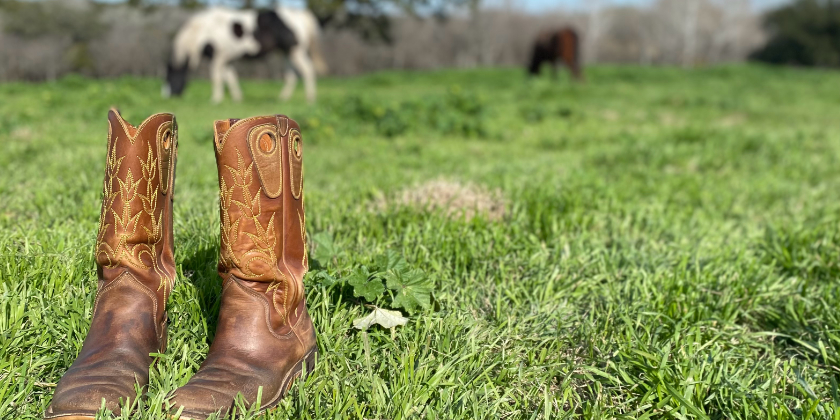

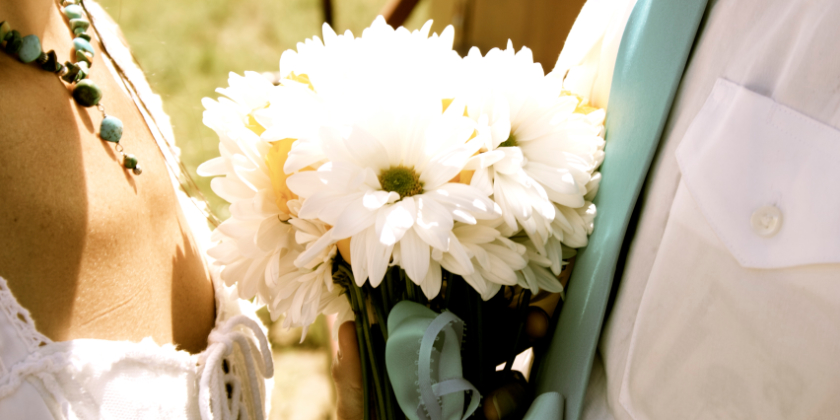
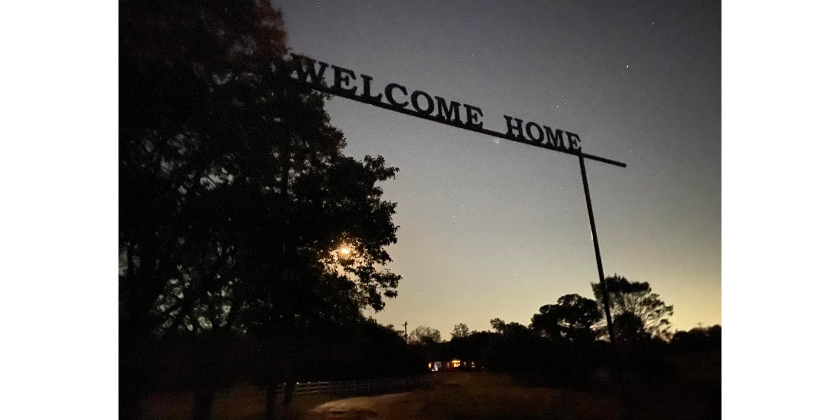

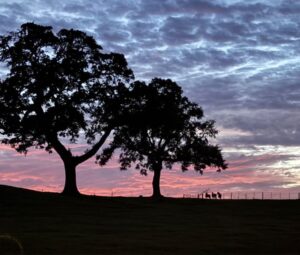

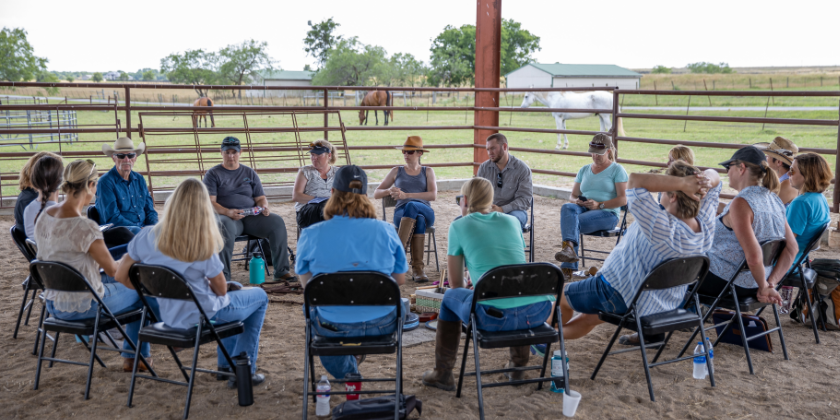


Recent Comments